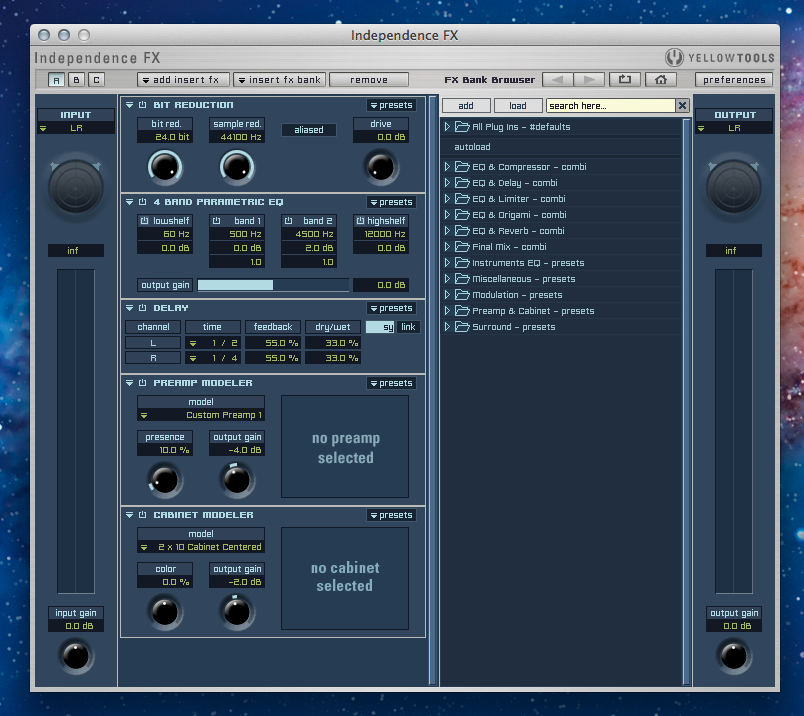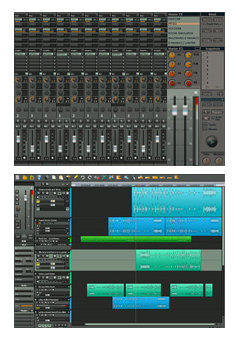Magix Samplitude Fx Suite Vst V1.0-air
The Red 3 hardware, similarly, uses the same circuit topology as the ISA130 compressor module, based around an innovative proprietary VCA design that earned Focusrite a TEC award for Outstanding Technical Achievement in Signal Processing Technology. The Red 3 is famous for being able to retain a natural sound, even when significant compression is being applied. As such, it has remained the choice of many of the world’s finest mix engineers, such as Chris Lord-Alge, who continues to religiously place his Red 3 over the mix-bus.

As a customer I have been a MAGIX user for many years.I started with Magix Music Maker 16 Premium, which was cool (perhaps a little buggy)The Sampiltude Pro tools were a little too expensive for me at the time and I continued upgrading to Music Maker MX.As a guitarist and songwriter, it became apparent that the audio tools in Music Maker were 'ok' but limited.When I found out that Samplitude had a new pair of little brothers, I made the purchase to Studio 2 (Samplitude 2014 lite) just to see if the audio tools were acceptable. It surprised me.I upgraded to Samplitude 2014 as soon as I could.Keep in mind, a Mixing Engineer takes many years and many-many mixes to become GOOD.There is NO magic software that will do the mixing for you, this is a skill you need to develop yourself.Saying that.MAGIX does have a lot of helpers in the software to get the mix more correct for the handicapped-mixer, but they are not infallible.It runs quite bug-free, I am very impressed with its stability.Its accepted my aging gear with no problems. (running an old Custom Gigabyte XP desktop with an Uno midi interface, as well as a Win7 Samsung laptop).
OLD VST's as well as newer ones. I use a lot of free VST's as well.Samplitude had no problem seeing any of my drivers (alternative Asio drivers) or any of my connected equipment (being XP I need to connect there before starting Samplitude for best results)It comes with all of the tools for compressing/limiting as well as EQ'ing. Has a load of FX's as well (Reverb/Delay/Modulation.)And has a load of Synths installed for your midi cravings.Being that I'm used to setting up my audio interface and knowing exactly that everything is on my computer for inputs, it was easy for me to set up in Samplitude. I've had a hard time trying to figure out the differences between the various Magix daws. But I know that Samplitude has had a rabid following for a long time and so there must be good reason(s) for that. Is there a comparison chart anywhere that clearly shows exactly what features the various Magix daws have or don't have?Also, in lurking some forums I've learned that regular Samplitude users love the 'object oriented' features of Samplitude, but frankly I haven't been able to figure out exactly what the heck that means in day to day usage.

Can you give any clarification? Good question, and I will answer in the best of my capabilities:They are all built basically the same as a DAW.
Magix Samplitude Fx Suite Vst V1.0-air Key
Thanks for the detailed response. I've been using daws for years and have all the hardware and vst's (and daws, lol) I'll ever need. But I've never been able to untangle the full Magix product line. They'd probably sell more product in the US if they'd just publish a simple comparison chart. I spent quite a bit of time trying to figure out what each product did and didn't do and finally gave up. It surprises me because one employee could probably create a comprehensive comparison chart in a few hours, maybe a day, tops.Nice tune, Magnatude.